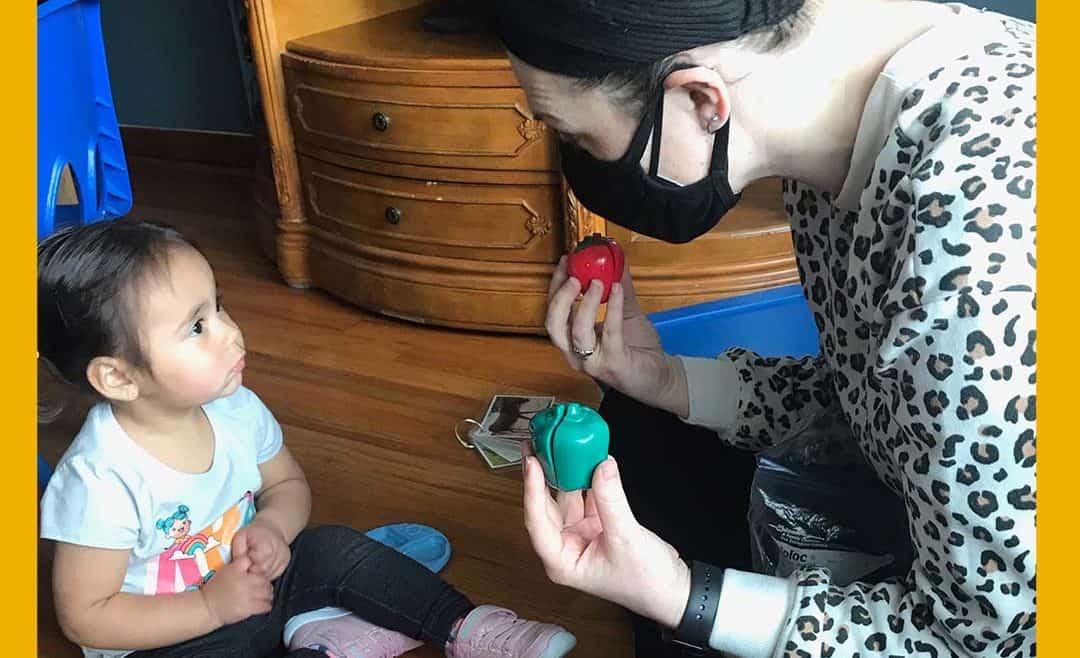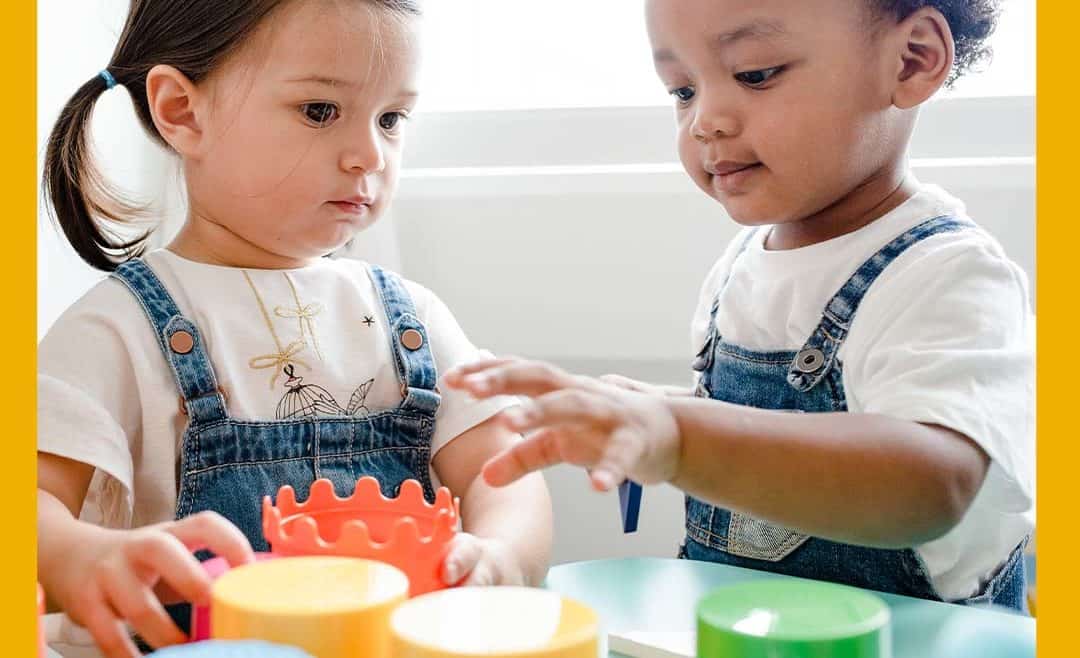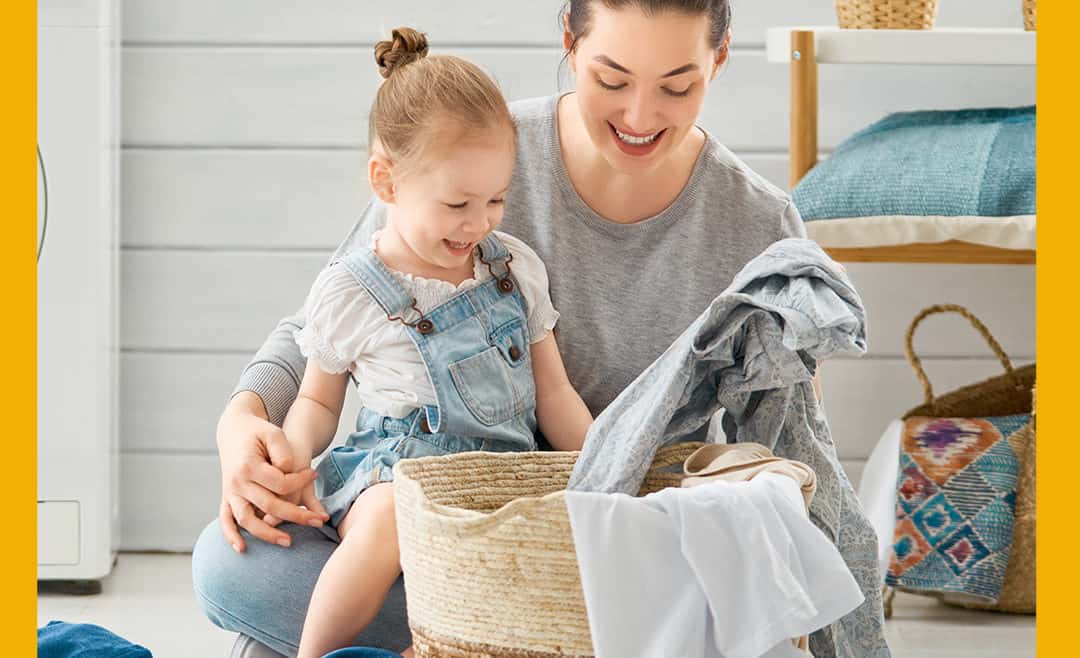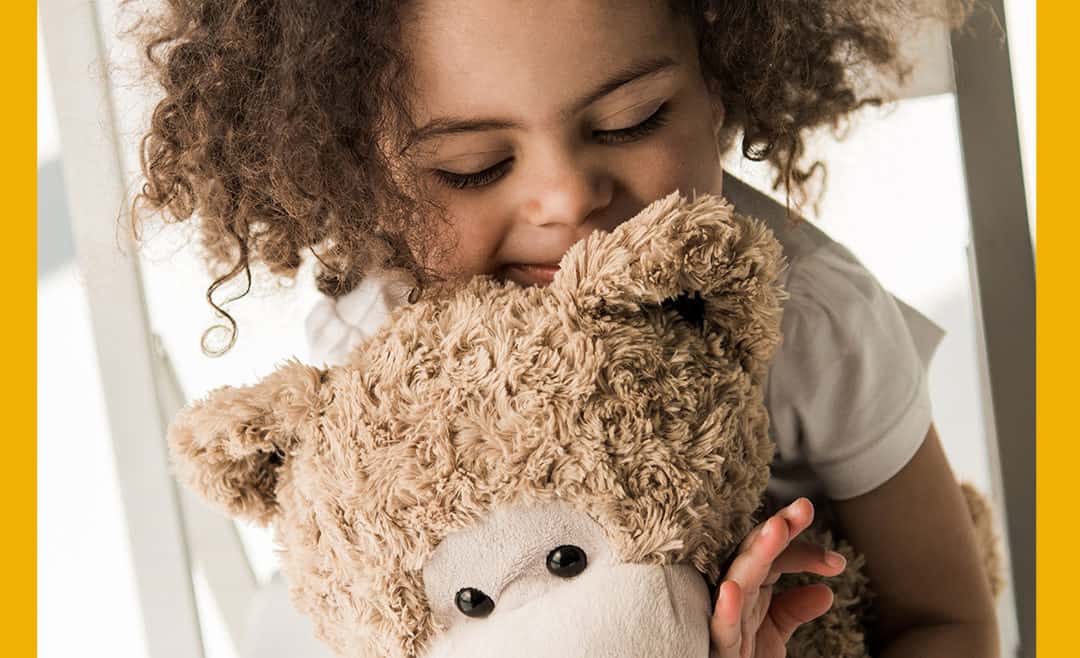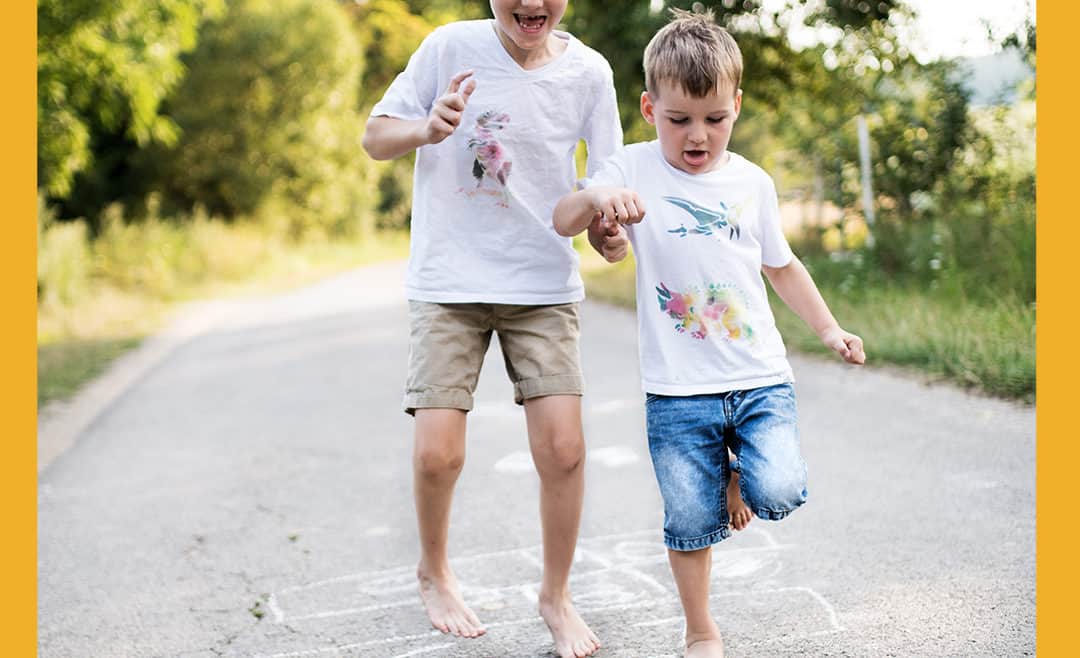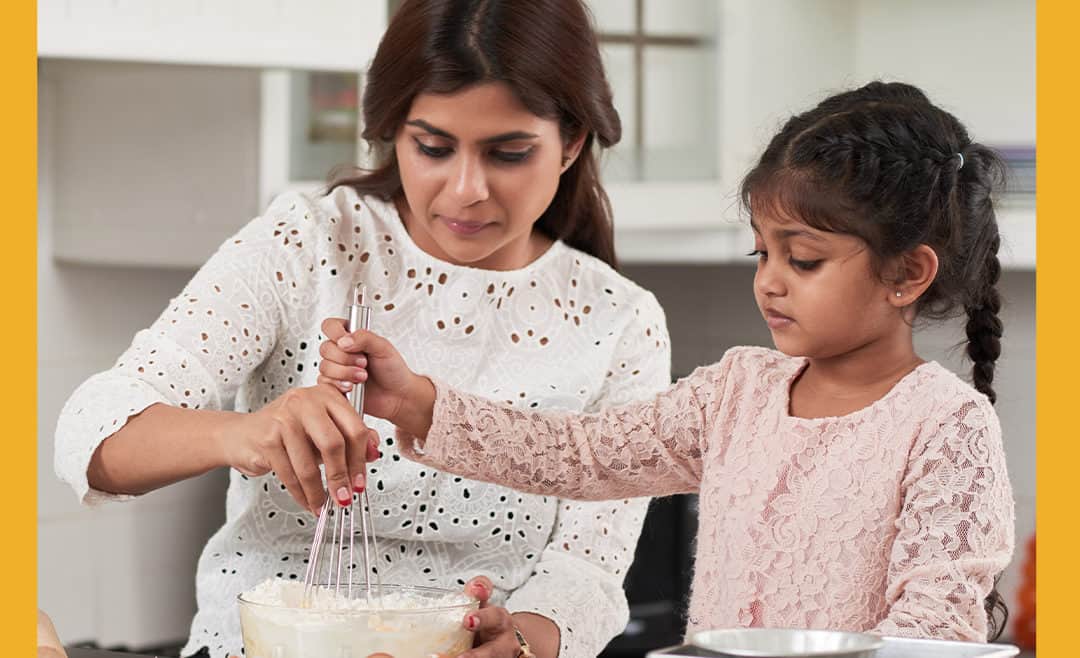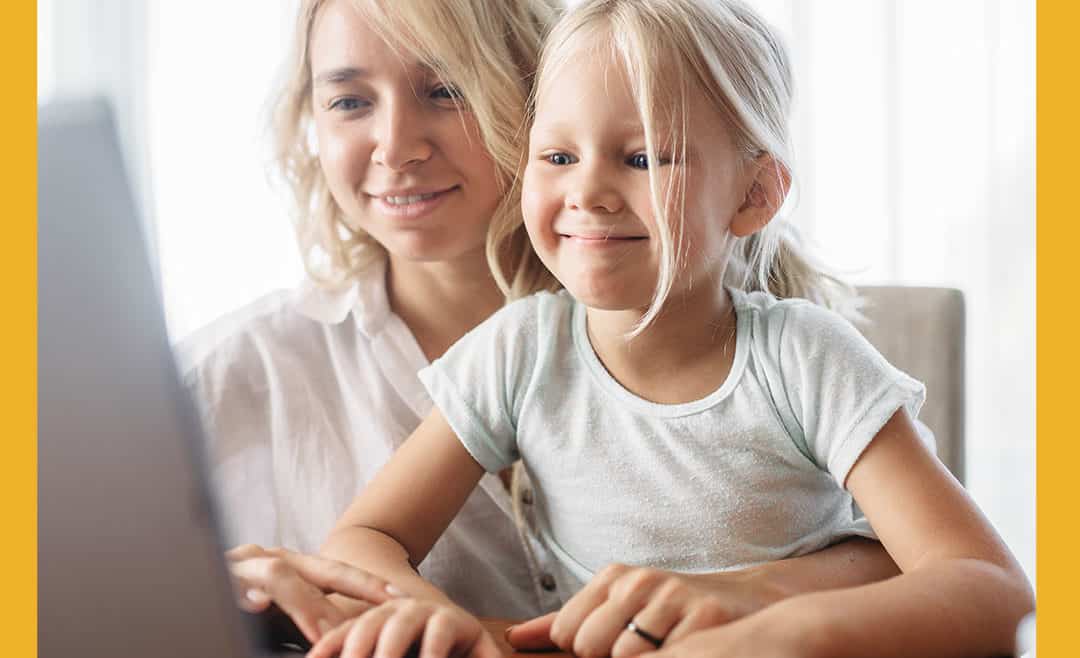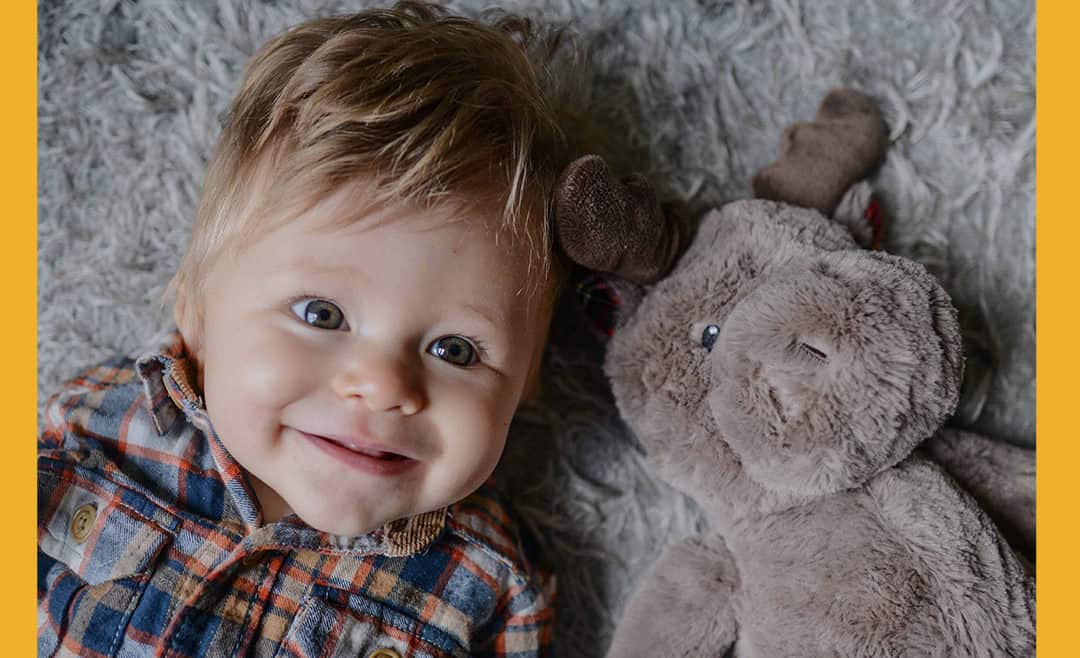One time of the year that is very near and dear to our hearts is Better Hearing and Speech Month (BHSM). BHSM is celebrated each May, and helps bring awareness to common communication disorders, as well as the challenges that people with these disorders face daily. Spreading the word about BHSM is crucial as it can help families recognize that their child is struggling with their speech and language development. Once they realize this, they can better understand what their child is going through and get their little one the help they need.
If your child is experiencing challenges with communication and you want to help work on their skills at home, we have some easy speech and language activities to share with you. These activities are simple and a whole lot of fun for your little one to partake in:
Alphabet Search: Now that the weather is warming up, it’s time to bring your child’s speech therapy outside! Head out to your backyard or go on a walk with your little one. Now, look around and try to find objects that start with each letter of the alphabet. For example, maybe you see an apple tree for “A”, a bus for “B”, a cat for “C”, etc. Work together and try to find objects for as many letters of the alphabet as possible!
Feed Your Monster Friend: Get ready to be creative for this next activity! First, gather some paper, kid-friendly scissors, and a box of crayons. Next, have your child draw a silly monster friend on one sheet of paper, and 5 of their favorite foods on another sheet of paper. Once they’re done coloring, your little one can carefully cut out each food item, and feed them one at a time to their new friend. Be sure to ask your child to describe the color and shape of each food, and then have them explain what they enjoy about that specific food item.
Find the Match: The last speech activity to try at home is to create your own matching game. Cut a piece of paper into 12 squares, and work with your child to draw 6 pairs of matching animals on the squares. While drawing, have your child describe what the animal looks like, and even ask them to make the sound of that animal. Flip all of the squares over so that you can’t see the animals, and mix the pieces of paper up. Finally, have your child flip two squares over at a time until they match each animal pair.
Happy Better Hearing and Speech Month! If you want to do your part and help spread the word, be sure to use #BHSM in your social media posts all May long, and share the materials found on the ASHA website. Keep an eye on our social media (Instagram, Facebook, and Pinterest) as we continue to share activities, useful tips, resources, and so much more! As always, please don’t hesitate to contact us at any time to discuss if your child would benefit from pediatric therapy.


